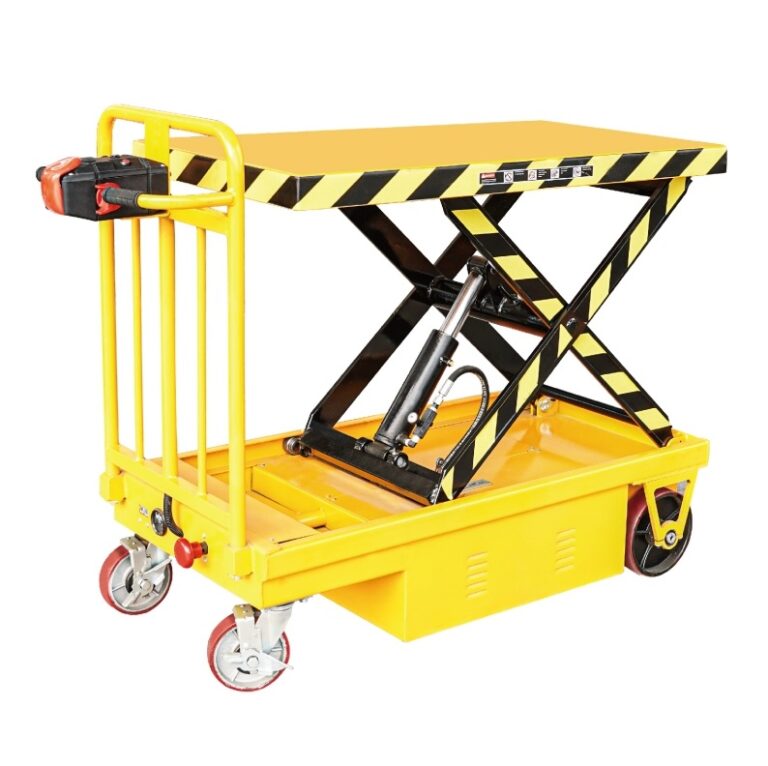Forklift Trucks: A Comprehensive Buying Guide
Buying a forklift truck is a significant investment for any business, and selecting the right one can greatly impact your operations' efficiency and safety. Here's a comprehensive guide to help you make an informed decision when purchasing a forklift truck.
1. Determine Your Needs
The first step in buying a forklift truck is to assess your specific needs. Consider the following factors:
 Forklifts|China price manufacturer trade wholesale Lifting platform material handling Sale Buy Online | Forklift
Forklifts|China price manufacturer trade wholesale Lifting platform material handling Sale Buy Online | ForkliftLoad Capacity: How heavy are the loads you'll be lifting? Forklifts come in various capacities, so choose one that can handle your heaviest loads.
Lift Height: How high do you need to lift the loads? Make sure the forklift can reach the necessary height.
Environment: Will the forklift be used indoors, outdoors, or both? The operating environment will influence the type of tires and engine you need.
2. Types of Forklifts
There are several types of forklifts, each designed for different applications. Some common types include:
Counterbalance Forklifts: These are the most common type, ideal for general warehouse use.
Reach Trucks: Designed for high stacking in narrow aisles, perfect for warehouses with high shelving.
Pallet Jacks: These are smaller and used for moving pallets short distances.
Rough Terrain Forklifts: Equipped with large tires for outdoor use on uneven surfaces.
3. Fuel Type
Forklifts can be powered by various fuel types, each with its pros and cons:
Electric: Quiet, emissions-free, and suitable for indoor use. They require charging infrastructure and battery maintenance.
Gasoline/Diesel: Powerful and can be refueled quickly. Suitable for heavy-duty outdoor use but emit fumes.
LPG (Liquefied Petroleum Gas): A versatile option that can be used both indoors and outdoors. They produce fewer emissions than diesel but still require ventilation.
4. New vs. Used
Decide whether you want to purchase a new or used forklift:
New Forklifts: Offer the latest technology, warranties, and longer lifespans. They come at a higher initial cost.
Used Forklifts: More affordable and can be a great value if well-maintained. However, they may come with unknown wear and tear.
5. Safety Features
Safety should be a top priority when selecting a forklift. Look for features such as:
Load Backrest: Prevents loads from falling backward.
Operator Guard: Protects the driver from falling objects.
Warning Systems: Includes lights, alarms, and mirrors for enhanced visibility.
6. Maintenance and Support
Consider the availability of maintenance services and spare parts. Choose a brand with a good reputation for reliability and support. Regular maintenance is crucial for keeping your forklift in safe, working condition.
7. Test Drive
Before making a final decision, arrange a test drive. This allows you to ensure the forklift is comfortable to operate and meets your performance expectations. Pay attention to the controls, visibility, and maneuverability.
8. Budget
Finally, establish a budget that includes the purchase price, maintenance, and any additional equipment or training needed. Factor in the long-term costs of ownership, not just the initial outlay.